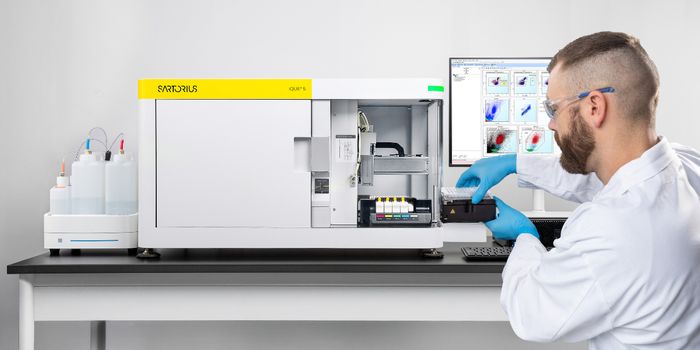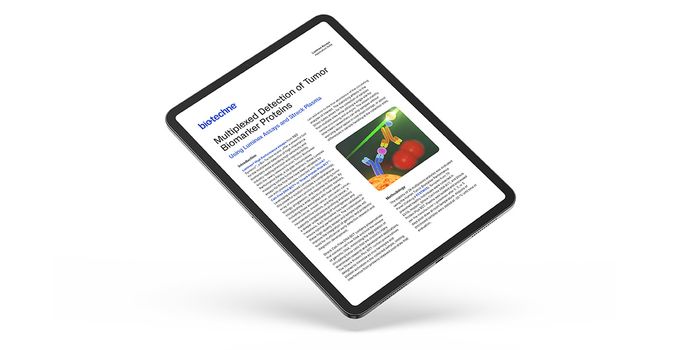Understanding cancer heterogeneity
A team of researchers from Cornell has taken an innovative approach to crack the diversity code of cancer cells. Using a statistical modeling technique more commonly used in physics and economics, the researchers were able to show how cancer cells are influenced by their chemical environment. Their research was published in a study entitled "Lymphoidal Chemokine CCL19 Promoted the Heterogeneity of the Breast Tumor Cell Motility Within a 3D Microenvironment Revealed by a Lévy Distribution Analysis," in Integrative Biology.
One of the reasons that cancers are so hard to treat is because they come in so many forms and it is difficult to pin down which cells are the most detrimental. This phenomenon is referred to as diversity, or heterogeneity, of cancer cells.
"It's pretty tough to treat cancer. A lot of people in the field believe that is because of the diversity in the cancer population," said senior author Mingming Wu, professor of biological and environmental engineering in the College of Agriculture and Life Sciences. "It is similar to how we as a society are trying to make the population more diverse because we know that if the population is diverse, it's more robust, healthier," Wu said. "I think that cancer is the same way. They are making their population more diverse, more indestructible.
"While immune cells are rounded and kind of similar and move in the same way, cancer cells are different in shape and move at a different speed. We know that fast-movers are very lethal. How would you quantify that heterogeneity?"
To answer this question the team developed a microfluidic chip with 4 three-channel devices in which they placed breast tumor cells and the chemokine protein CCL19. They then monitored how each cancer cell behaved using open-source software Root and a high-tech statistical tool typically used in particle physics.
Co-author Anders Ryd explained, "What we do in particle physics is really statistical data analysis, trying to figure out what functional forms describe our data," said Ryd, who is a professor of physics in the College of Arts and Sciences. "And in this case here, the interest was to look at the outliers, the cells that migrated further and characterize that. A lot of the tools that we are using in particle physics lend themselves very well to this analysis."
With this statistical tool, the researchers discovered that the presence of chemokine made targeted cancer cells move more quickly, thus increasing heterogeneity. The authors say this pairing of different scientific fields is extremely helpful. "There are a lot of tools in physical science already, because physical science has always been a very quantitative field," Wu said. "It's only recently that quantitative biology is starting to shape up. So, I feel like this integration is powerful because you don't have to reinvent the wheel to do this modeling."
Sources: Integrative Biology, Science Daily








